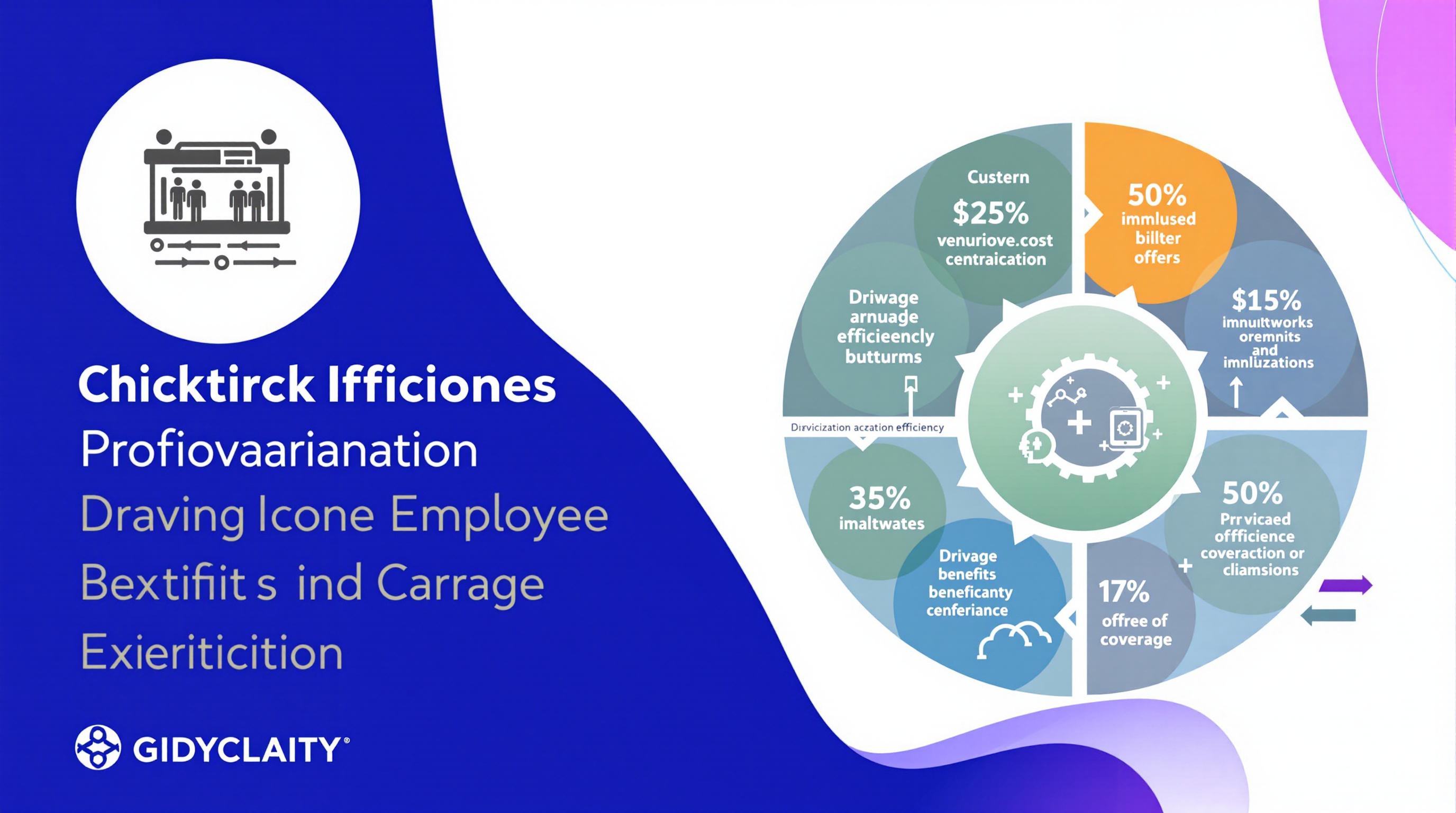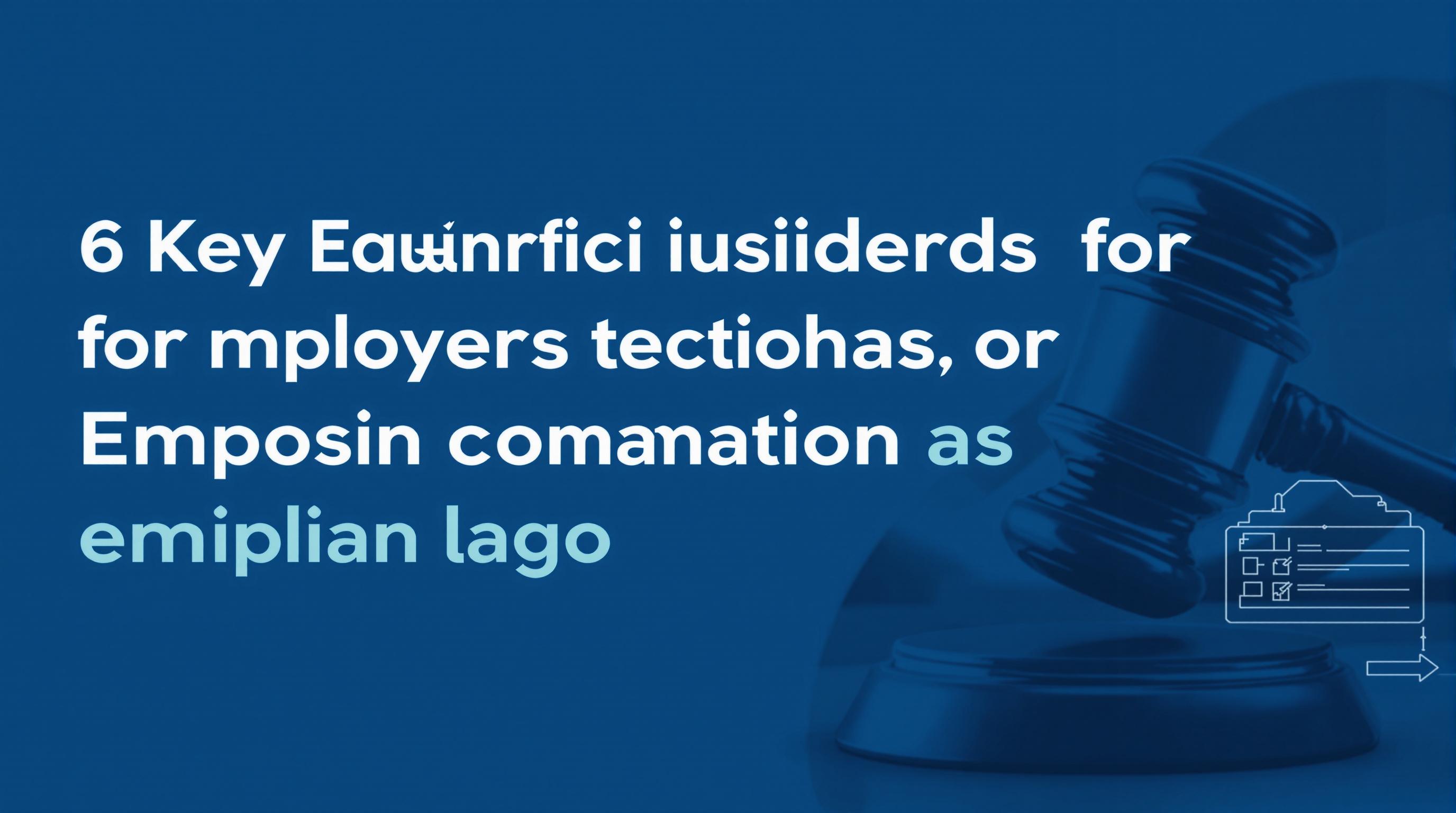Related Articles
- Top 6 AI-Powered Underwriting Platforms from the Past 5 Years Disrupting Traditional Risk Models in 2024
- How Uncommon Insurance Amendments Influence Unexpected Claims and Shape Policyholder Behavior in Quiet Corners
- 7 Underrated Indexed Insurance Products from the Last 5 Years That Outsmart Traditional Plans
- Unveiling the Role of Universal Life Insurance in Protecting Digital Legacies and Cryptocurrency Estates
- Top 6 Under-the-Radar Group Insurance Plans Since 2019 Redefining Employer and Employee Value
- How Childhood Genetics Influence Insurance Premiums and What Parents Rarely Know About Policy Risks
Top 8 Innovative Employee Benefit Platforms Released Since 2019 Driving Cost Efficiency and Coverage Expansion
Top 8 Innovative Employee Benefit Platforms Released Since 2019 Driving Cost Efficiency and Coverage Expansion
Top 8 Innovative Employee Benefit Platforms Released Since 2019 Driving Cost Efficiency and Coverage Expansion
The employee benefits landscape has undergone a remarkable transformation since 2019. Organizations seek platforms that balance cutting costs with broadening coverage. New technologies promise smarter, leaner, and more inclusive benefits management. This article examines eight pioneering platforms that have reshaped employee benefits, offering insight into their unique approaches and measurable impacts.
These innovations tackle a tough challenge: how to enhance worker benefits while easing financial burdens on companies. Through automation, data analytics, and consumer-centric designs, each platform unlocks new efficiencies. Companies adopting these tools often report reduced overheads and happier employees—a vital formula in competitive talent markets.
We explore not just features but outcomes. Each platform's delivery model, cost-saving mechanisms, and coverage expansion strategies receive focus. Sources include company releases, industry analyses, and independent reviews. The resulting compilation provides a clear, no-frills guide to the latest frontiers in employee benefits technology.
1. Gusto Benefits
Gusto Benefits launched its enhanced platform in 2019, targeting small to medium-sized businesses. It integrates payroll with benefits administration, automating much of the process to cut administrative time and errors.
The platform's strength lies in flexibility, offering customizable benefit packages including health, dental, vision, and 401(k) plans. This flexibility leads to higher employee uptake and satisfaction, while streamlining employer contributions.
Gusto reports an average 20% reduction in administrative costs for clients. The system leverages real-time analytics to optimize plan selection, giving employers data-driven control to balance coverage and cost. (Source: Gusto Press Release 2020)
2. Zenefits
Zenefits revamped its benefits platform in 2020 to emphasize automation and compliance. It uses AI to handle routine tasks like eligibility verification and renewal processing, trimming human labor costs.
Coverage expansion is a hallmark, with seamless integration of supplemental insurance and wellness programs. Employees gain access to personalized recommendations via a mobile app, increasing utilization rates.
By reducing manual interventions, Zenefits clients report up to 30% cost savings. The platform’s design also ensures consistent regulatory adherence, mitigating expensive compliance risks. (Source: Zenefits Corporate Blog, 2021)
3. Bright HealthCare
Bright HealthCare entered the employee benefits space in 2019 with a technology-driven approach focused on cost transparency. Their platform offers simplified plan comparisons and personalized coverage options.
It expands coverage by including telemedicine and behavioral health benefits at competitive premiums. These additions meet rising employee demand while controlling insurer costs through efficient network management.
Bright HealthCare leverages data analytics to continuously adapt plan offerings and pricing models. Early adopters note 15-25% improvements in cost efficiency versus traditional insurers. (Source: Bright HealthCare Annual Report 2022)
4. Maxwell Health
Maxwell Health’s 2019 platform release emphasizes a streamlined user experience and real-time benefit tracking. It consolidates multiple benefit providers into a single dashboard, reducing confusion and administrative overhead.
The platform supports innovative coverage options such as student loan repayment benefits and paid family leave enhancements, reflecting evolving workforce priorities.
Employers benefit from automated compliance checks and enrollment workflows, cutting costs by approximately 18%. Employees appreciate the clarity and control over their benefit choices. (Source: Maxwell Health Case Study 2020)
5. PeopleStrategy Employee HD
Released in 2020, Employee HD by PeopleStrategy targets mid-size companies needing integrated HR and benefits management. The system automates many traditional manual tasks, driving cost efficiencies.
Its coverage focus includes expanded voluntary insurance options and wellness incentives that boost employee engagement and lower absenteeism. The platform supports continuous plan customization based on workforce data.
Reports show employers achieving 22% savings on benefits administration costs. The platform’s analytics empower strategic planning to align benefit spend with business goals. (Source: PeopleStrategy White Paper 2021)
6. Jellyfish Health
Jellyfish Health launched its benefit platform in 2021 with an emphasis on transparency and clinical decision support. Using AI-driven insights, it helps employers and employees make informed coverage decisions.
The platform expands coverage by including cost-saving certification and provider comparison tools, lowering out-of-pocket expenses for employees.
Clients report a 25% reduction in medical benefit costs and higher employee satisfaction scores. Jellyfish Health’s approach combines smart design with data to drive outcomes. (Source: Jellyfish Health Press Release 2022)
7. Eden Health
Since 2019, Eden Health has offered an integrated platform combining primary care access with traditional benefits. Their model reduces costly emergency care visits by providing accessible preventative care.
Coverage expansion includes mental health, chronic illness management, and virtual care options, addressing broad employee needs at reduced system costs.
Employers adopting Eden Health see healthcare cost reductions of up to 30%. The platform’s success hinges on combining clinical services with benefits administration in one system. (Source: Eden Health Client Data 2023)
8. Collective Health
Collective Health’s 2019 innovation focuses on unified benefits administration paired with user-friendly self-service tools. The platform integrates health, dental, vision, and wellness programs seamlessly.
Its analytics engine optimizes plan designs to balance cost with coverage, adjusting benefits dynamically based on workforce needs and market conditions.
Employers achieve an average 20% cost reduction and a meaningful expansion in benefit participation rates. Collective Health’s platform exemplifies data-powered benefits management. (Source: Collective Health Annual Review 2022)
Conclusion
The eight platforms detailed above demonstrate how technology drives meaningful change in employee benefits. Each blends automation, analytics, and user-centric design to reduce costs while widening coverage.
Employers adopting these innovations report not only financial savings but improved workforce satisfaction and compliance. These benefits platforms mark a new era where data and simplicity combine to meet 21st-century challenges effectively.
For businesses aiming to optimize benefits administration, understanding and leveraging these platforms is essential. The future of employee benefits lies in smart integration, transparency, and adaptability.





